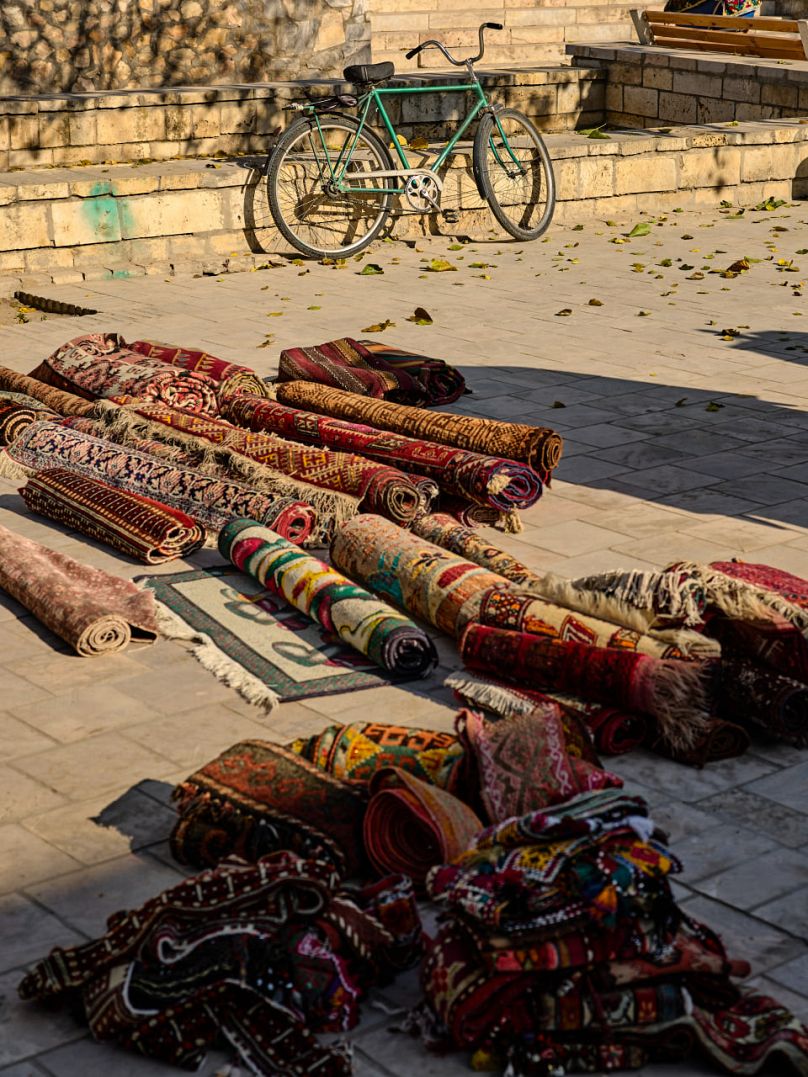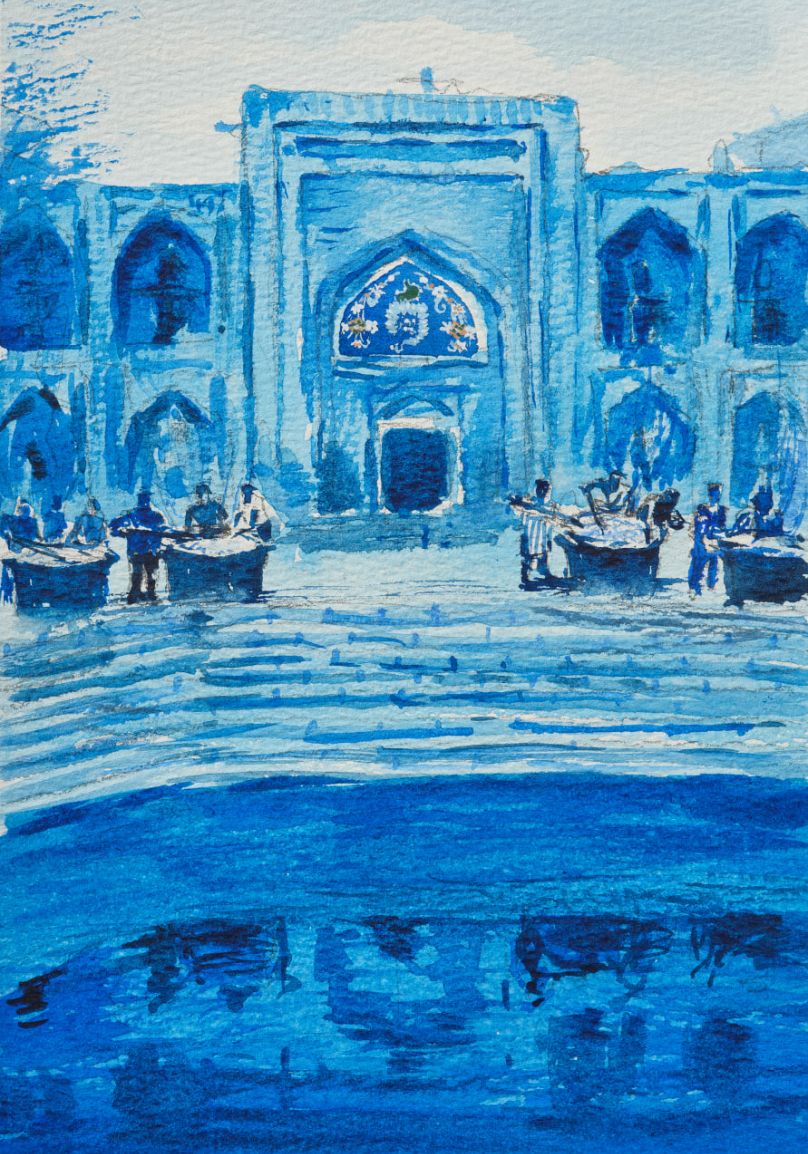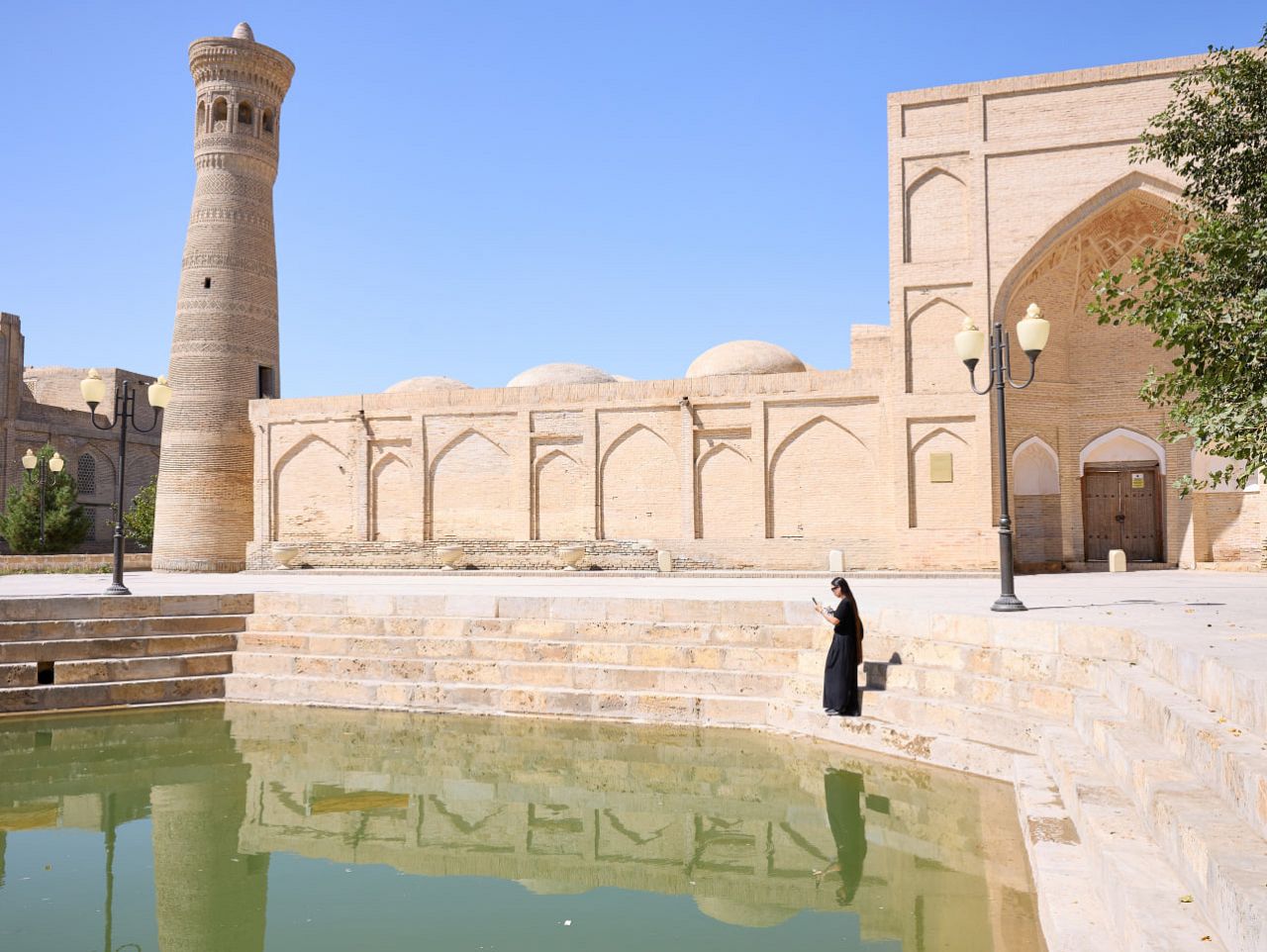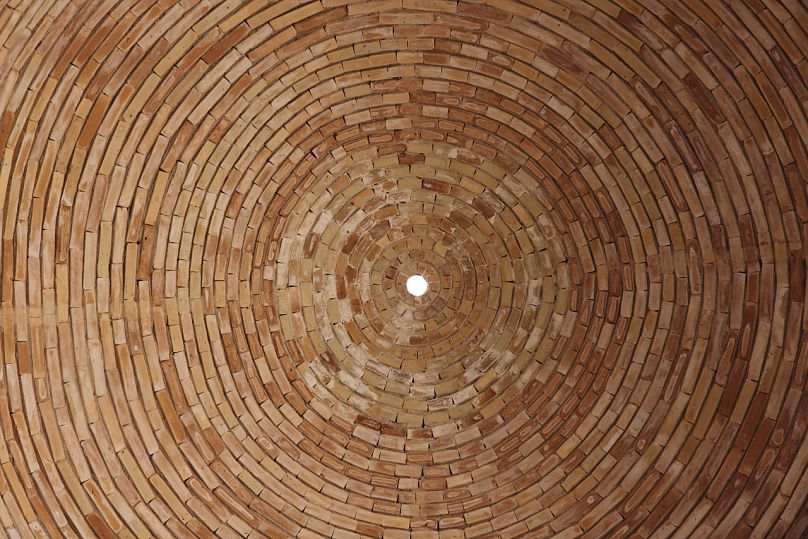From 5 September to 20 November 2025, this UNESCO Creative City will host the inaugural Bukhara Biennial, a ten-week journey of contemporary art, communal rituals, and culinary storytelling. Titled “Recipes for Broken Hearts”, the Biennial transforms a city of legends into a living stage where grief, memory and joy are reimagined through food, music, poetry and craft.
Curated by international art figure Diana Campbell and commissioned by Gayane Umerova, Chairperson of the Uzbekistan Art and Culture Development Foundation (ACDF), the Biennial features over 70 commissions created in Uzbekistan, activating centuries-old madrasas and caravanserais in ways Bukhara has never seen.
“Bukhara has shaped the world before: through knowledge, craft, and exchange,” says Umerova. “This Biennial is a way of giving it the tools to do so again, through creativity and dialogue”.
Not just an exhibition. A sensory ritual.
Rather than opening with a red carpet or gallery wall, the Biennial begins with the aroma of fermentation. At Cafe Oshqozon, Buddhist monk and chef Jeong Kwan will prepare kimchi on the first day — only to unearth it again ten weeks later for a final meal, ripened by time and silence.
It is a metaphor for the event itself. “Recipes for Broken Hearts” explores how time, tradition, and care can heal. Every element – from food to sculpture, textiles to sound is part of a broader experiment in emotional repair.
Diana Campbell, known for her work at the Dhaka Art Summit, calls it a “multi-sensory feast rooted in Bukhara’s spirit of hospitality and intellectual depth”. She adds, “You don’t just look at the art. You smell it, taste it, feel it in your hands and bones”.
From salt and sugar to clay and code
The artworks span disciplines and geographies. Egyptian-born food artist Laila Gohar conjures memories through Navat, a traditional sugar crystal made from saffron and grape juice. Colombian artist Delcy Morelos constructs a dome from earth, sand, and spices. Uzbek artist Oyjon Khayrullaeva, working with ceramicist Abdurauf Taxirov, builds mosaic organs – a stomach over the cafe entrance, lungs and hearts tucked across the city connecting venues as parts of one collective body.
And then there’s Subodh Gupta, who repurposes enamel dishes from traditional kitchens into a towering dome, inside which guests dine on dishes connecting India and Uzbekistan. “It’s about collapsing distance — between countries, between disciplines, between people,” he says.
All works are made in Uzbekistan, many in collaboration with local artisans. “This was non-negotiable,” says Umerova. “We didn’t want an art fair. We wanted something that speaks from here, even when it reaches the world”.
At the centre of the Biennial is the House of Softness, a transformation of the 16th century Gavkushon Madrasa into a space for public programmes, children’s workshops, and storytelling. Artist and architect Suchi Reddy has designed a protective canopy inspired by Uzbek ikat casting patterns of healing across the courtyard.
Here, a three-day symposium titled “The Craft of Mending” will bring together thinkers, historians and artists to explore repair as both a physical and political act. “Erasure is a form of heartbreak,” says Aziza Izamova, an Uzbek scholar at Harvard leading the event. “And so, to repair to remember – is an act of resistance”.
Young curators from across Asia will also gather in Bukhara for a workshop on how to commission work that does not yet exist. It is a fitting lesson for a city reshaping its own future.
Music, too, flows through the Biennial’s veins. Each full moon will be marked by a ceremonial karnay ritual – the long Uzbek horn used in weddings to symbolically summon water to the desert. These performances, led by Himali Singh Soin and David Soin Tappeser, fuse local tradition with global environmental consciousness.
Elsewhere, the Bukhara Philharmonic will collaborate with artists like Tarek Atoui, bringing together Arab and Central Asian musical traditions. Weekly street processions and spontaneous performances will animate the city with rhythm and memory.
Food is not a side programme, it is the soul of the Biennial. From fermented rituals to nomadic grains, the meals are designed to explore loss, resilience and belonging. Uzbek chefs like Bahriddin Chustiy and Pavel Georganov will share dishes infused with memory, while guest chefs like Fatmata Binta from Sierra Leone and Zuri Camille de Souza from India will link Uzbek traditions to West African and Goan culinary heritage.
The final week hosts the Rice Cultures Festival, featuring plov, paella, pulao and jollof rice cooked in the open air, surrounded by stories and songs. “It’s not about haute cuisine,” says Umerova. “It’s about how we gather, how we heal, how we remember – through food”.
Why Bukhara?
“Bukhara is not a backdrop,” says Umerova. “It is the protagonist”. For over two millennia, the city has been a center of spiritual, scientific and artistic exchange. Yet in the modern art world, it has remained peripheral, until now.
The Biennial is part of a broader national strategy to reintegrate Uzbekistan into global cultural networks. With support from President Shavkat Mirziyoyev, the ACDF has launched restoration projects, museums, and creative platforms across the country and internationally including the Venice Biennale pavilion and the Expo 2025 in Osaka.
“This is not soft power,” Umerova insists. “It’s structural power. Culture creates jobs. It shapes futures. It builds identity that isn’t reactive or nostalgic — but alive, generous, and forward-looking”.
Bukhara is accessible by high-speed rail from Tashkent and Samarkand, with boutique hotels and guesthouses nestled among its UNESCO-listed architecture. The Biennial is entirely free and open to the public.
Foreign visitors can expect immersive programming in Uzbek, Russian, and English, and a culinary scene where history is served with every dish.
More information is available at bukharabiennial.uz/en and on Instagram at @bukhara.biennial.










